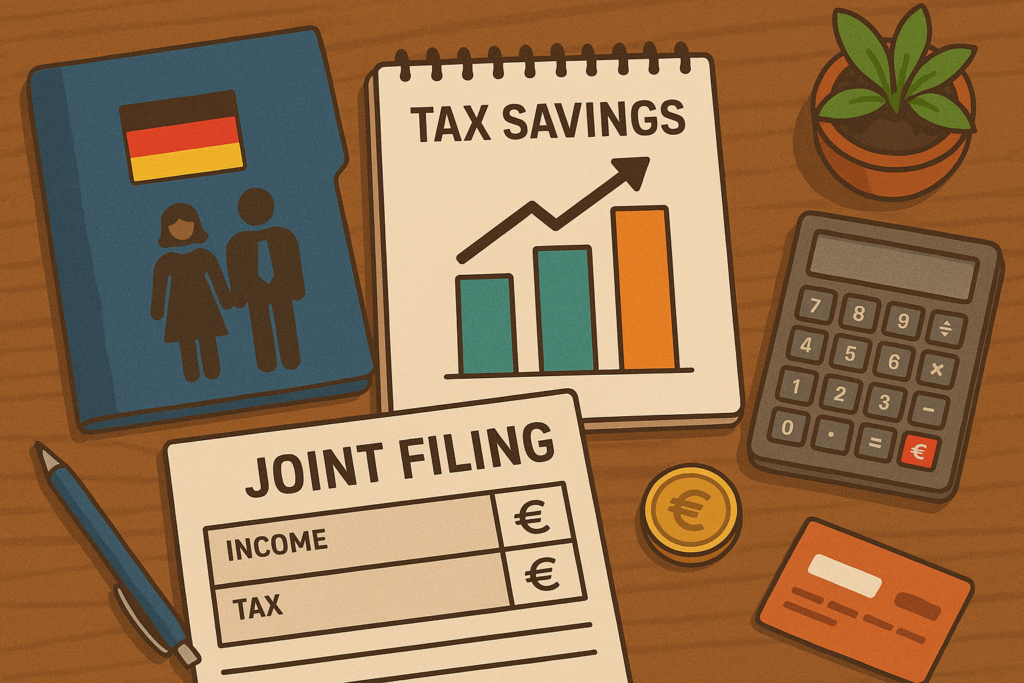If you’re an immigrant living in the US, you might be wondering: Will I ever receive Social Security after all these years working here?
The short answer is yes, if you’ve paid into the system and meet the right conditions.
But what exactly are those conditions, and does your immigration status change anything? In this guide, you’ll learn who qualifies, how much you could receive, and what to do if you plan to retire abroad.
Who Qualifies for Social Security Benefits in the US?
To qualify for Social Security retirement benefits, most immigrants need to earn 40 work credits, which typically means working around 10 years in a job where Social Security taxes were deducted from your pay.
This rule applies equally to US citizens and many lawful immigrants. If you are a green card holder or have a work-authorized visa such as H1-B or L1, you may be eligible as long as you have contributed to the system through regular payroll deductions.
Can Green Card Holders Get Social Security?
Yes, green card holders can receive Social Security retirement benefits as long as they meet the basic requirements.
The most important one is having at least 40 work credits, which usually means around 10 years of work in a job where Social Security taxes were deducted.
What many people don’t realise is that it’s not your citizenship status that matters most, but whether you’ve contributed to the system.
If you worked legally in the US and paid into Social Security, your permanent resident status qualifies you to receive the same benefits as US citizens.
This includes monthly retirement payments, disability benefits, and even survivor benefits in some cases, depending on your work history and age when you apply.
How Much Will an Immigrant Receive?
The amount you receive from Social Security as an immigrant depends on two main factors: How much you earned during your working years and at what age you start collecting benefits.
The Social Security Administration uses your 35 highest-earning years to calculate your average monthly benefit.
For example, if you worked in the US for 10 to 15 years and had steady earnings, you might receive a lower amount than someone who worked 30 years.
On average, in 2025, monthly retirement benefits range from $800 to over $2,000, depending on your contribution history.
It’s also important to know that starting your benefits before reaching full retirement age (67 for most people) reduces the total amount you’ll receive each month. Waiting longer can increase it.
Can You Collect Social Security if You Leave the US?
Yes, in many cases, you can still receive Social Security benefits even if you decide to retire outside the US.
The Social Security Administration sends payments to over 50 countries, including popular destinations like Portugal, Mexico, the Philippines, and Germany.
However, there are exceptions. Some countries such as Cuba or North Korea do not allow direct payments.
Also, to keep receiving your benefits, you must meet certain conditions, like regularly confirming your residence and status.
If you’re a green card holder or naturalised citizen, and your country has a bilateral agreement with the US (called a totalization agreement), this can also help avoid double taxation and protect your benefit rights.
Knowing your destination’s rules is key. Even if you’re eligible, local tax policies or banking limitations can affect how and where you receive your money.
How to Check Your Eligibility and Apply (Step-by-Step)
If you’re unsure whether you qualify for Social Security benefits, the best place to start is by reviewing your earnings record.
You can do this by creating a My Social Security account, which gives you access to your work history, number of credits, and estimated future payments.
Here’s how to check and apply:
- Go to the official Social Security website and create a My Social Security account
- Review your earnings record and total credits
- Use the retirement estimator tool to see your expected benefits
- Once eligible, you can apply online, by phone, or in person at a local SSA office
- Prepare documents such as your Social Security number, immigration records, work history, and bank account information
You can start the process directly at the Social Security Administration’s official portal.
You’ve Worked for Years. Don’t Let Uncertainty Cost You Your Retirement
If you’ve been contributing to Social Security, you’ve already earned more than just a paycheck. You’ve earned the right to retire with dignity.
But many immigrants miss out on their benefits simply because they didn’t know how the system works.
Whether you plan to stay in the US or retire abroad, taking the time to check your eligibility, understand your options, and apply correctly can make all the difference.
You don’t need to be a citizen to secure your retirement. You just need the right information at the right time.
This guide is here to help you get there. Now that you know what’s required, the next move is yours.

